Unlocking the potential of smart home technology for people with disability
In 2018, nearly 60% of people with disabilities in Australia reported requiring assistance with daily tasks, highlighting the challenges they face in maintaining independence and control over their living environments. However, the emergence of smart home technology offers a promising solution by enabling individuals with disabilities to have greater autonomy and manage their homes more effectively. This not only empowers them but also allows their carers and support workers to allocate their time more efficiently.
Introduction
Now all this is great in theory, but we all know that smart home technology isn't always sunshine and rainbows and anyone who has tried to set it up before knows that it doesn't always work like it should.
The concept of a smart home has promised a lot of things over the last decade however it hasn’t really materialised for a myriad of reasons. For starters, there has been a lack of standardisation, fragmented technologies, slow adoption rates & perhaps most importantly, a ‘one-size-fits all’ approach which is particularly problematic for people with disability.
Experts have predicted that the average Australian household will have 33 connected devices by 2026. So what is clear is that this technology is becoming more and more prevalent. That, coupled with the potential benefits it can provide for people with disability makes it a vital area of exploration.
What is smart home technology?
A smart home refers to a residence equipped with interconnected devices that can be controlled remotely or autonomously. These devices are integrated into various aspects of daily life, including lighting, security, heating, entertainment, and every day household items such as blinds and vacuums. The market offers thousands of different smart devices, ranging from lights and outdoor cameras to irrigation systems and pet feeders. However, it's important to emphasise that the success of any assistive technology relies on an integrated approach, encompassing design, education, support, and consideration of individual needs.
Benefits of smart home technology?
Smart home technology can have both a direct and indirect impact for people living with a disability.
Direct impact:
Accessibility: Smart home technology enhances accessibility in the home. Features such as voice activated lights or button controlled blinds can make these tasks possible for the individual, when they weren’t previously.
Independence: Smart home technology can allow people with disability to manage their homes and perform tasks independently, rather than relying on the assistance of others.
Safety and security: Think about motion sensor lights that activate when someone transfers into their wheelchair, instead of having to transfer in the dark. Or what about being able to see who is at the front door through a phone before opening it. For individuals who are hard of hearing there are lighting options so that when a smoke alarm is activated the LED lights flash red, alerting the individual.
Confidence: Smart home technology empowers individuals with disabilities to make choices about their environment and actively participate in household tasks and activities, fostering a sense of confidence.
Quality of life: Greater independence and control over the home environment positively impact an individual's psychological well-being and overall quality of life.
Indirect impact:
Reduced reliance on formal and informal carers
Smart home technology can also reduce the reliance on formal and informal carers, transforming in-home support. Studies have shown a reduction in paid care assistance following the implementation of home automation.Home automation has been found to support individuals to complete tasks independently, such as turning the television on and off, turning lights on and off, and using voice to make calls through a smart speaker. As a result of being able to complete these tasks independently, individuals described how they felt less of a burden and how it meant that carers and family members could spend time doing other tasks, such as spending quality family time together.
Keeping people in their home
Smart home technology can potentially prolong the need for residential aged care by keeping individuals safe and comfortable in their own homes. Older adults, in particular, prefer to stay in familiar environments connected to their existing communities. Similarly, people with disabilities can benefit from smart home technology, allowing them to live comfortably and potentially avoiding the need for specialised accommodation (SIL/SDA) in certain cases.
NDIS funding
Smart home devices can be funded through the National Disability Insurance Scheme (NDIS) in Australia. Depending on the cost, they can be covered under a participant's core consumables budget under low-cost Assistive Technology (AT) if their solution is under $1500 or capital funding. Collaboration with occupational therapists helps provide the necessary information for funding applications. We can work with a participant's OT to provide them with the necessary information needed for them to write their report.
In 2021 NDIS spending on Assisstive Technology remained a minor component at below 5%, and within this, smart home technologies are a marginal sub-category. With the advances smart home technology has made and the impact it can have on people's lives, we hope this changes soon.
The path ahead
While smart home technology holds tremendous potential for people with disabilities, certain challenges remain, such as standardisation and the need for tailored solutions. However, with the right support, education, and consideration of individual needs, smart home technology can unlock its full potential and contribute to a more inclusive society. As advances continue to be made, it is crucial to prioritise the development and accessibility of smart home technology, aiming for a future where it becomes a standard component.



